When you think of Hyundai, chances are images of the high-performance i30 N or all-electric Ioniq 5 spring to mind. After all, they are the models that get all the headlines, and rightfully so.
But the Tucson mid-size SUV might be the Korean brand’s most important nameplate and a bit of a quiet achiever, which last year represented Hyundai Australia’s second best-selling model.
In fact, the Tucson is so popular in Australia it was the fourth best-selling mid-size SUV behind the dominant Toyota RAV4 and Mazda CX-5, and was just a few hundred units shy of the third-place Mitsubishi Outlander.
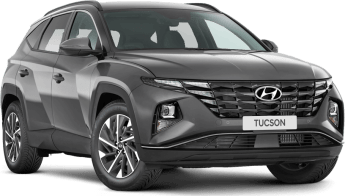
So, the 2022 Hyundai Tucson has got to be pretty good to compete against such esteemed company, right?
Well, that’s exactly what we aim to find out in our six months with the car. A Highlander diesel with N-Line package, to be precise.
Let’s kick things off with the price. As the top-of-the-range variant with all the bells and whistles, our test car comes in at $53,400, before on-road costs.
This puts the Hyundai Tucson Highlander diesel N Line right in line with the Kia Sportage GT-Line diesel ($52,370 BOCs), Mazda CX-5 Akera diesel ($53,680 BOCs) and Peugeot 3008 GT diesel ($53,540) – though the latter is available exclusively in front-drive form whereas the rest of the models are all-wheel drive.

With all the rivals pretty much line-ball for price, how does the Tucson differentiate itself?
And this is where the styling department comes in.
If older-generation Tucsons are anything to go by, you’d be forgiven for thinking Hyundai’s mid-size SUV is a bit of a dreary and derivative crossover (we’re looking at you, second-generation LM-series Tucson).
But the latest fourth-generation version breaks the mould thanks in no small part to its eye-catching grille and lighting design.
Featuring a cascading grille that extends to the headlight and daytime running lights shape, the 2022 Tucson looks like it’s wearing an enormous shield at the front – ready to charge forward like Captain America tucked behind his vibranium disc.

And paired with our test car’s ‘Titan Grey’ exterior paint colour, the grille really does meld into the rest of the bodywork.
Speaking of, the front and rear fenders are bulging and muscular, while the prominent shoulder line adds to the Tucson’s sporty appearance.
At the rear, the Tucson’s tail-lights are shaped almost claw-like, and the roof-mounted rear spoiler adds to its sporty visage.
One particular detail we really appreciate is that the spoiler hides the rear wiper arm, keeping the tailgate looking clean.

All of this is amplified even further by the optional N Line pack, which adds a unique bodykit, 19-inch wheels, LED lighting all round, a darkened front grille and silver skid plates for an additional $1000 on Highlander grades.
Overall, the 2022 Tucson is certainly a head-turner, and stands apart from all the RAV4s and CX-5s you might see littered around a carpark.

So, if you are sold on the looks, let’s delve into the powertrains.
Powering our Hyundai Tucson is a 2.0-litre turbo-diesel engine, which delivers 137kW/416Nm to all four wheels via an eight-speed torque convertor automatic transmission.
Honestly, we can’t remember the last time we were in a diesel-powered family SUV as they are becoming increasingly rare.
Ford, Toyota, Honda, Nissan and Subaru no longer offer diesel versions of their Escape, RAV4, CR-V, X-Trail and Forester, leaving Hyundai, Kia, Mazda, Peugeot and VW to vie for share in the market.
Diesel is also quickly falling out of favour, and over the next decade, will be phased out in some markets around the world, making this Tucson possibly the last time you will be able to get a new oil-burner in this segment.

Does it make sense to get a diesel SUV in 2022? We need a little more time with the car to make a full judgment, but initial thoughts are that the powertrain still delivers.
Torque is available relatively early in the rev range (from 2000-2750rpm), making it feel punchy off the line, while a full-tank will get you upwards of 625km before you need a refill.
The downside? Well, this diesel engine suffers from the usual growls and groans of an oil-burner, which are really at odds with the sporty exterior and plush interior.
For those that don’t want a diesel, the 2022 Hyundai Tucson range is also available with a 115kW/192Nm 2.0-litre petrol engine in its entry-level form, as well as a 132kW/265Nm 1.6-litre turbo-petrol engine in mid- and higher grades – but neither offer as much potency as the diesel.

Standard equipment in this Tucson Highlander N Line includes electronically adjustable front seats with driver’s seat memory function, push-butting start, remote start, drive-mode select, powered tailgate, heated and cooled front seats, heated steering wheel, a 10.25-inch digital driver’s display, and dual-zone climate control – or in other words, it has all the fruit you could expect from a modern family hauler.
AWD grades are also fitted with shift-by-wire buttons to select gears, meaning no shifter column in the cabin, while the N Line package bundles sports seats and red-stitch highlights throughout the cabin.

On the multimedia front, there’s a 10.25-inch touchscreen display with Apple CarPlay/Android Auto support, Bluetooth connectivity, satellite navigation, digital radio and an eight-speaker Bose sound system.
Worth noting this larger multimedia display does not feature wireless Apple CarPlay/Android Auto, whereas the 8.0-inch unit found in entry-level grades of the Tucson do have this feature.
For safety – which is crucial for a family SUV – there’s automatic wipers, hill-start assist, autonomous emergency braking, blind-spot monitoring, driver attention warning, forward collision detection, high-beam assist, lane-keep assist, rear cross-traffic alert, surround-view monitor, traffic sign recognition, exit warning, adaptive cruise control, front and rear parking sensors, tyre pressure monitoring, and rear-seat ISOFIX points.
We look forward to delving deeper into the ins and outs of the 2022 Tucson as we live with it longer.
First impressions though, are that Hyundai has delivered a competent mid-size SUV that offers enough style, performance and tech to keep modern families happy.
Whether it shines out in any particular areas compared to its rivals, well, time will tell.
Acquired: March 2022
Distance travelled this month: 635km
Odometer: 3378km
Average fuel consumption for April: 8.0L/100 (measured at the pump)
Hyundai Tucson 2022: Elite N Line (awd)
| Engine Type | Diesel Turbo 4, 2.0L |
|---|---|
| Fuel Type | Diesel |
| Fuel Efficiency | 6.3L/100km (combined) |
| Seating | 5 |
| Price From | $39,160 - $46,090 |
| Safety Rating |
|
Pricing Guides



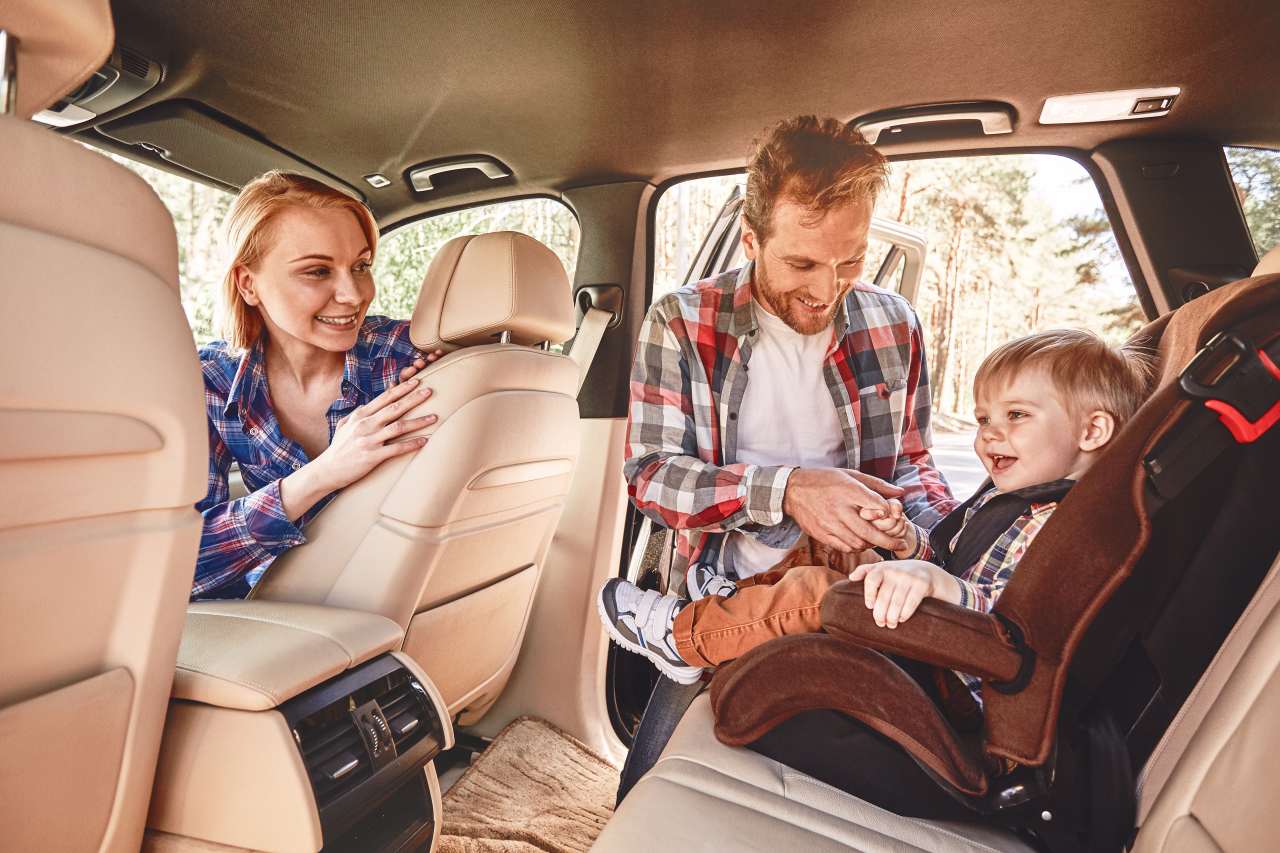


.jpg)





















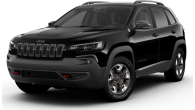
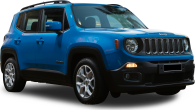














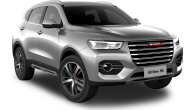

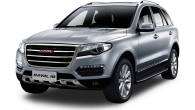



 copy.png)

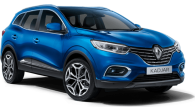




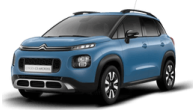






.jpg)
.jpg)
.jpg)

.jpg)
_0.jpg)
.jpg)


.jpg)
.jpg)

Comments